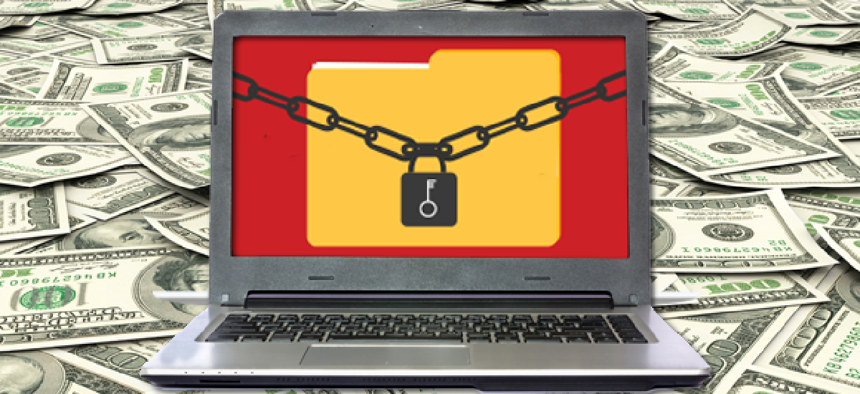2020's ransomware attacks will be smarter and harder to stop


Connecting state and local government leaders
To protect their data and quickly recover from attacks, more organizations are realizing the benefits of hyperconverged infrastructure and cutting-edge backup technology.
In recent years, the word “ransomware” has become one of the most feared terms among IT professionals, business and government leaders and individuals. Ransomware highlights the ugly side effect of the modern internet as it is capable of locking victims out of critical files and siphoning millions of dollars from them. If victims fail to comply with the attacker's demands, they could permanently lose vital and sensitive files.
A McAfee Labs Threats Report from August 2019 found that in the first quarter of 2019 alone, the number of ransomware attacks had increased 118%, with many new ransomware families and innovative hacking techniques detected. Furthermore, an increasing number of federal, state and local government agencies have been struck by ransomware.
What to expect in 2020
Needless to say, ransomware attacks will not disappear in 2020. In fact, they will only increase in their frequency and brazenness, and they will be harder to stop because of the technologies used to deploy them.
As these malicious attacks snowball into 2020, government agencies must realize that traditional legacy tools are not only slowing their digital transformation, but also leaving them vulnerable to tactical and well-organized criminals. Organizations that take advantage of highly available solutions, such as hyperconvergence and edge computing, on the other hand, will not only keep up with changing demands, but deploy the most effective cyber defenses, disaster recovery and backup.
How to prepare for ransomware attacks
The coming year will present new opportunities for organizations to reevaluate their security solutions and change their responses to attacks. Insurance companies will begin to take a more active role, not just in the recovery of data, but in the decision-making as to whether or not to pay ransom demands. The overall cost to public- and private-sector organizations will rise in conjunction with the growing threat of cyberattacks, and everyone should brace themselves for the impact.
If an agency isn’t adequately protected to withstand and recover from a ransomware attack, it's time for a change. The first step is to determine how susceptible agency systems are to a ransomware strike. Often times, older, even reliable, legacy IT systems are the most vulnerable to attacks because cybercriminals know their weaknesses, allowing them to be easily compromised.
Choosing the right solution
To protect their data and quickly recover from attacks, more organizations are realizing the benefits of hyperconverged infrastructure. An HCI solution reduces the attack surface by eliminating the complexity that comes from integrating a number of different vendor solutions to achieve virtualization. Second, an HCI system uses “snapshots” to safeguard virtual workloads allowing for faster recovery in case of an attack. Lastly, by pairing HCI with a backup solution, agencies have a broader protective “blanket” from a potential ransomware attack.
HCI not only offers greater data protection, but it is easier to deploy, self-healing and costs less than traditional infrastructure. It also provides even more protection and disaster recovery when paired with the right backup technology.
In closing…
Protecting organizations from ransomware attacks starts with first developing a real awareness of the threat that these cybercrimes pose to valuable assets. After understanding the urgency, the next step is to deploy practical solutions, such as hyperconvergence and cutting-edge backup technology. These are not only easier and more cost-effective to use, but protect organizations far better than traditional systems, ensuring that cyber defenses are working smarter, not harder.
This last year saw a record number of ransomware attacks on government institutions, businesses and individuals, and these will certainly increase in frequency, intensity and brazenness in 2020. Because of this, it is vital that organizations revisit data protection and recovery strategies in 2020 and beyond.
NEXT STORY: Mayors Seek Solutions to Recycling Crisis




